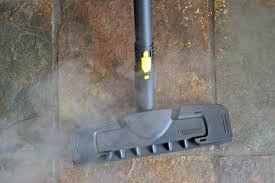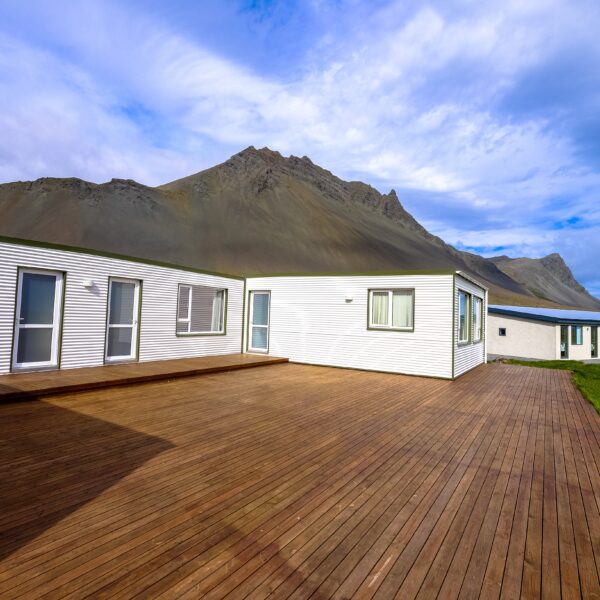Peoples’ concepts of DIY may alter and their definitions may vary, but there is no changing the fact that DIY can be messy. If your reason to try your hand at DIY is because you want to save money, tipping a tin of paint over your carpet will probably not help your cause. However, using these simple tips and a little time, you can avoid making your work zone a DIY disaster area.
Use a vacuum when using electric hand tools
Many hand tools come with the ability to attach a vacuum device to them, and you should always use them. You will stop dust flying around your work area, and prevent yourself and others from breathing in the tiny particles. If you have any asthma sufferers in the house, this will be an essential precaution to reduce the chance of their asthma being aggravated. Also a simple act like drilling a hole can lead to a dust trail down your wall that could wreck your wallpaper.
Separate your work area
If you are going to be drilling a lot of holes, knocking down walls, or sawing wood, you are going to be creating dust, and maybe a lot of it. By simply closing a door (and keeping it shut) or hanging a few dust sheets between living areas, you will stop the dust spreading from room to room and settling in the fibres of your carpet, or all over your worktops. The cost of cleaning a dust covered carpet, or redecorating a room could be more than hiring a professional who will… close doors and use dust sheets.
Protect your flooring

Clear the Room
If you have nothing in a room, nothing can be broken. This is a simple fact, but one that seems to pass people by. Ornaments, electrical items and furniture should be removed whenever possible. As a rule of thumb, if it isn’t fixed, take it out. If you are simply drilling a hole or fixing a plug then you only need to worry about a small area, but if you are redecorating a room, restructuring the walls, or will be moving things in and out of a room, you should be working in a clear area. You would be amazed at the amount of mess and damage this can save you.
Have Your Cleaning Tools at Hand
Part of your preparation for DIY should always be anticipating a cleanup. You should have things to hand like rags, water, paper, and a multi-purpose cleaner. This way, you can act immediately if something does happen, and will be ready once the job finishes. Having a steam cleaner with you is always a great idea for your clean up, and steam cleaners like the ones available at www.karcher.co.uk will mean that whatever surfaces you need to clean, be they carpets, hardwood floors or upholstery, you will have the right tool for the job. If you do a professional job, a professional cleanup is required; so make sure you have the tools to do one.
DIY activities such as decorating a room can be great fun, but always make sure you are prepared should something go wrong. Using these tips will help you avoid any mishaps, and by being proactive and professional you can avoid any DIY disasters.




Like this article? Share with your friends!